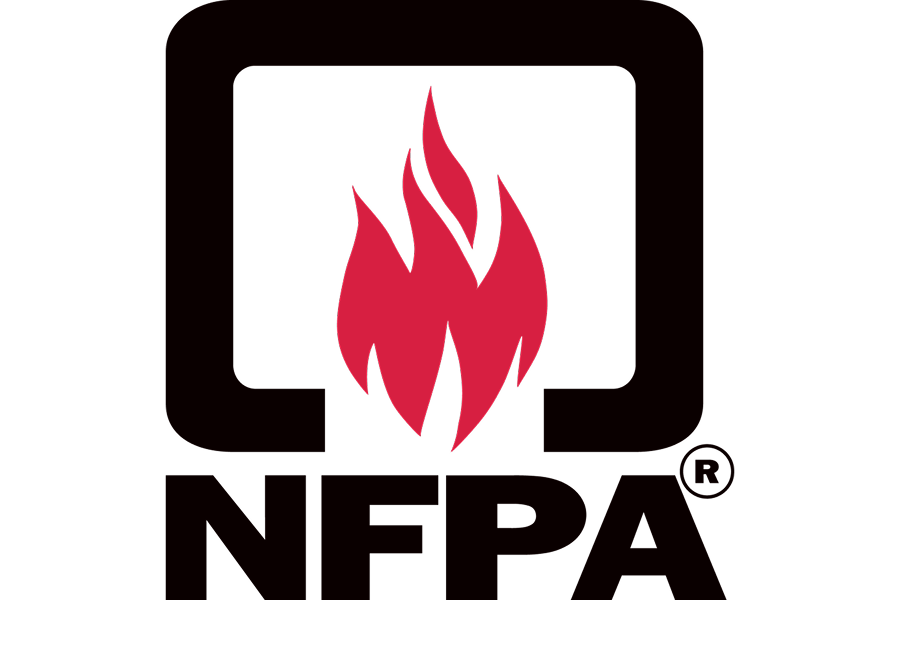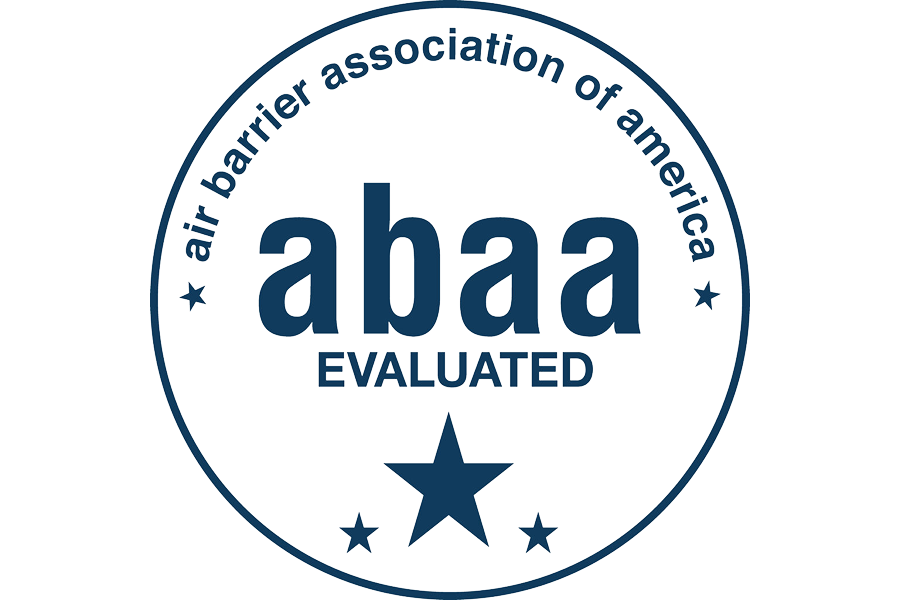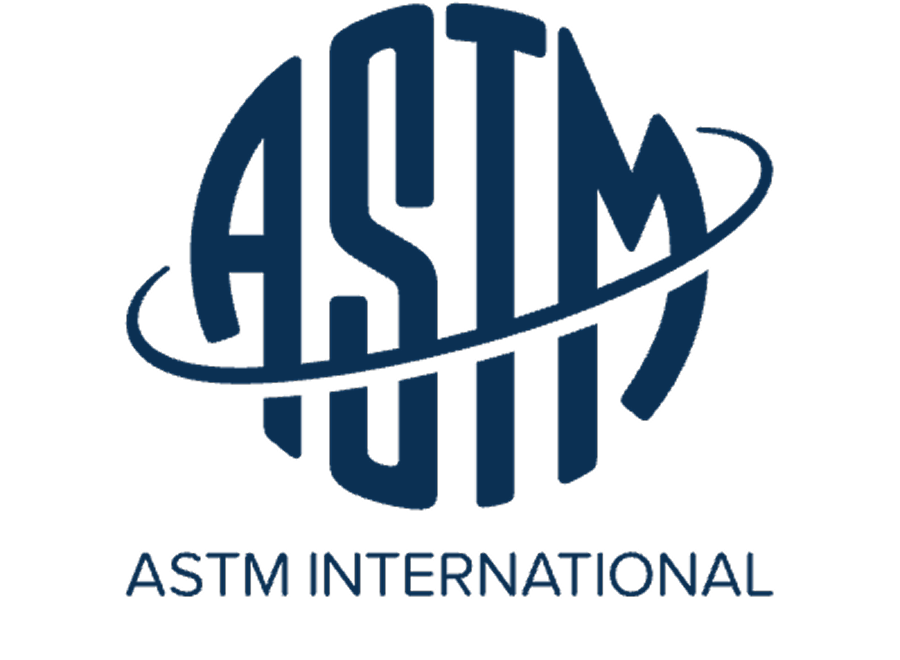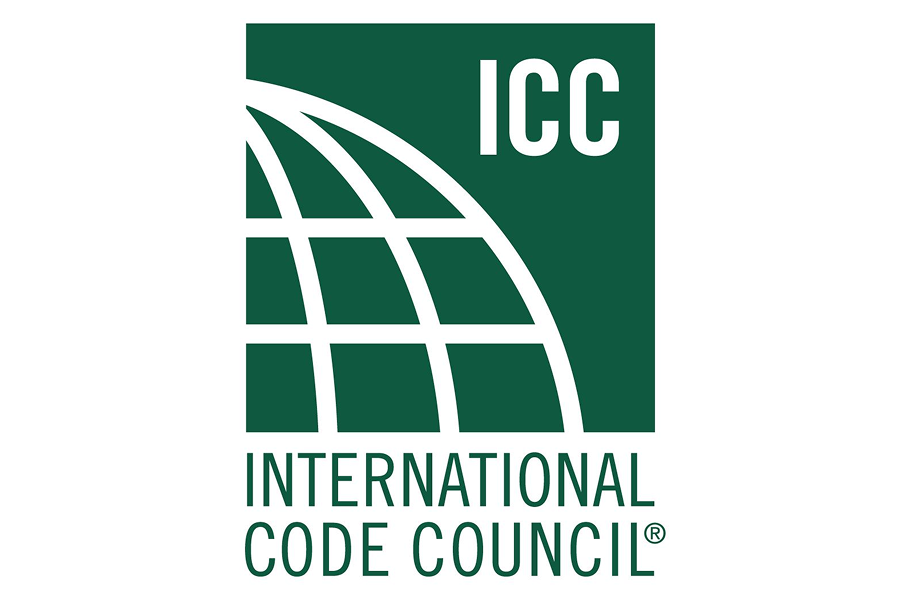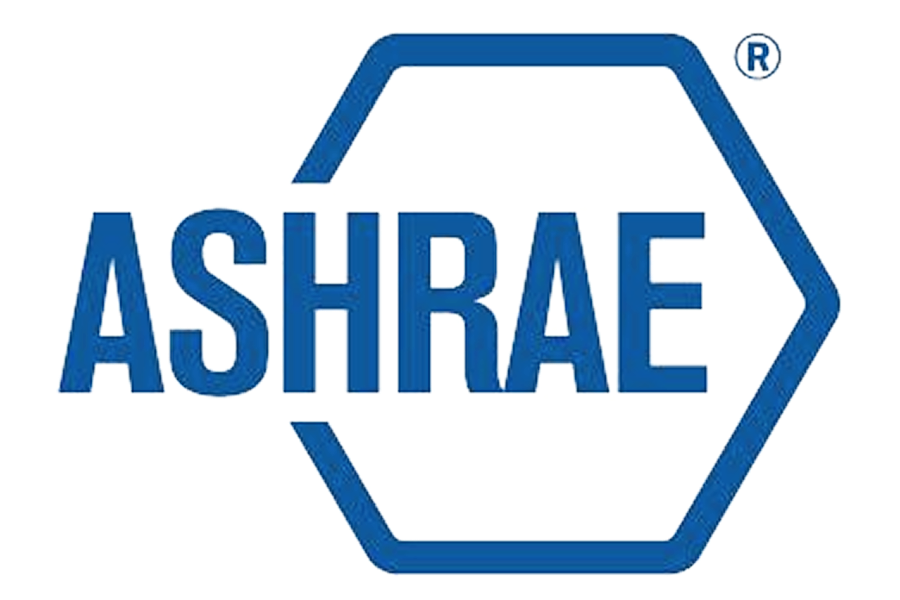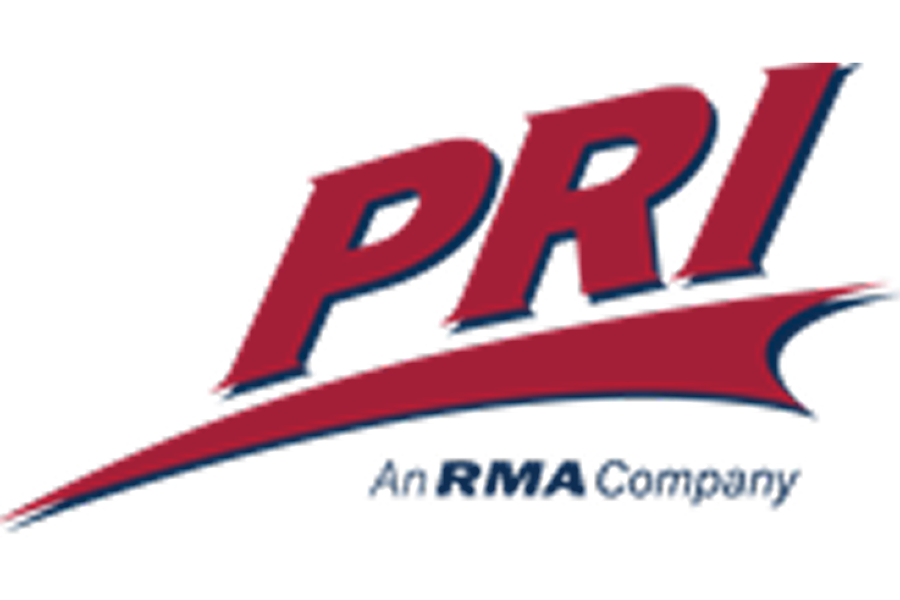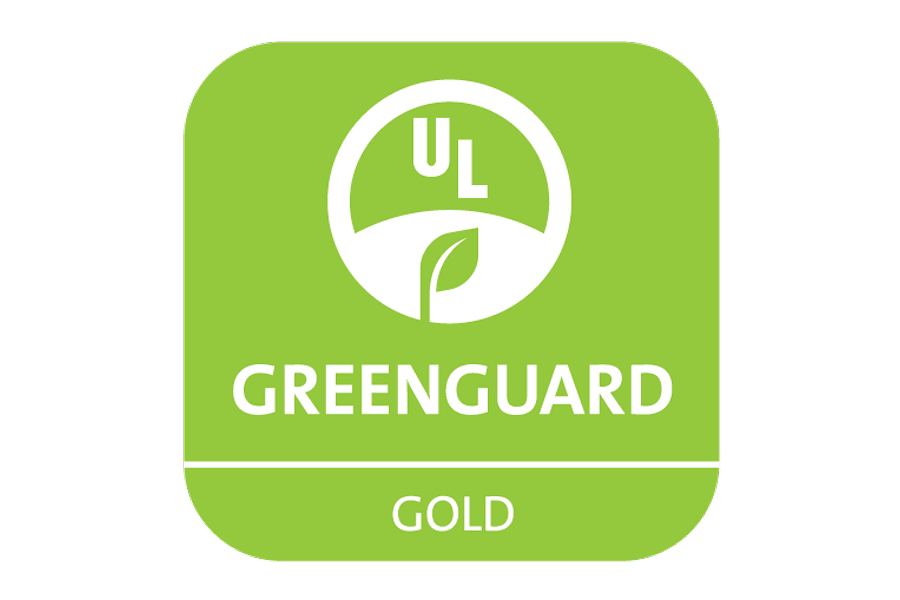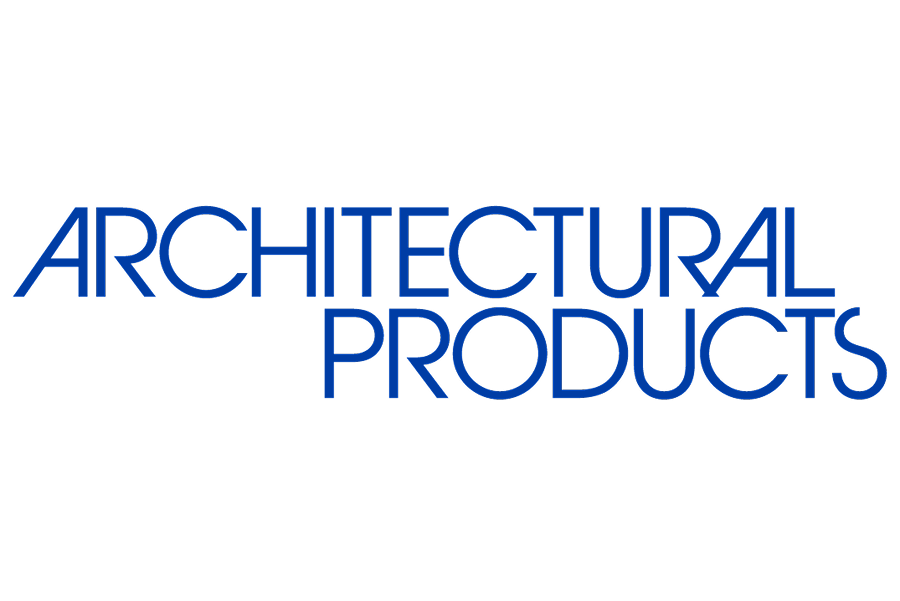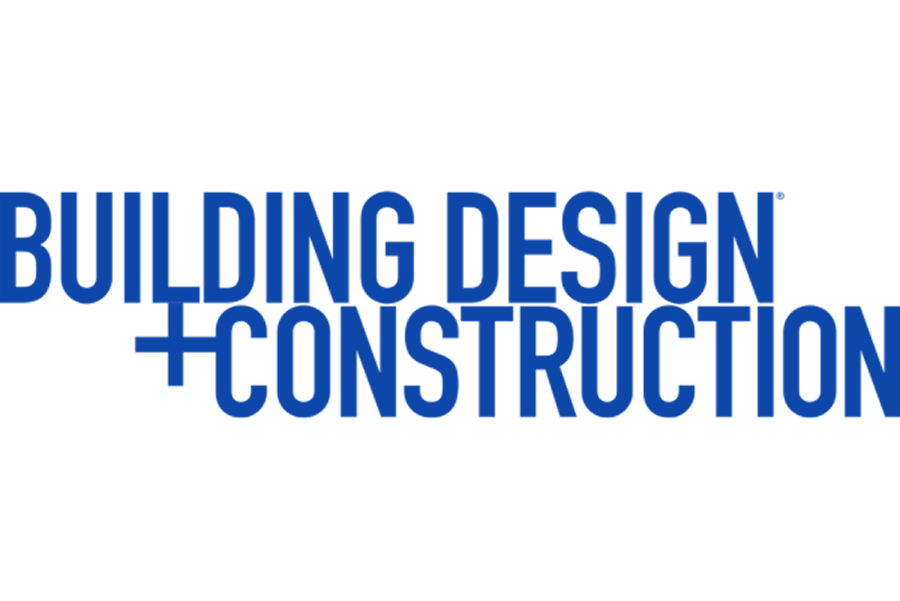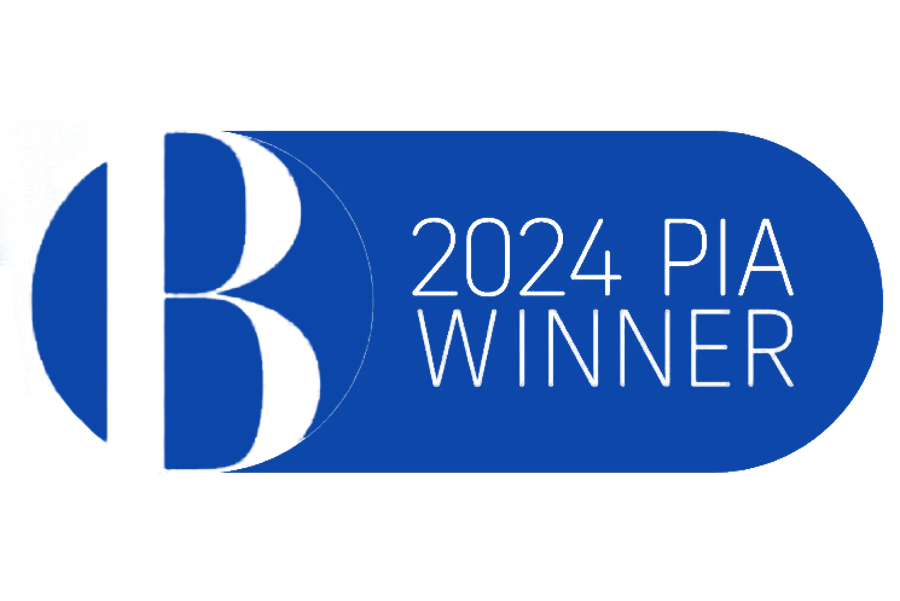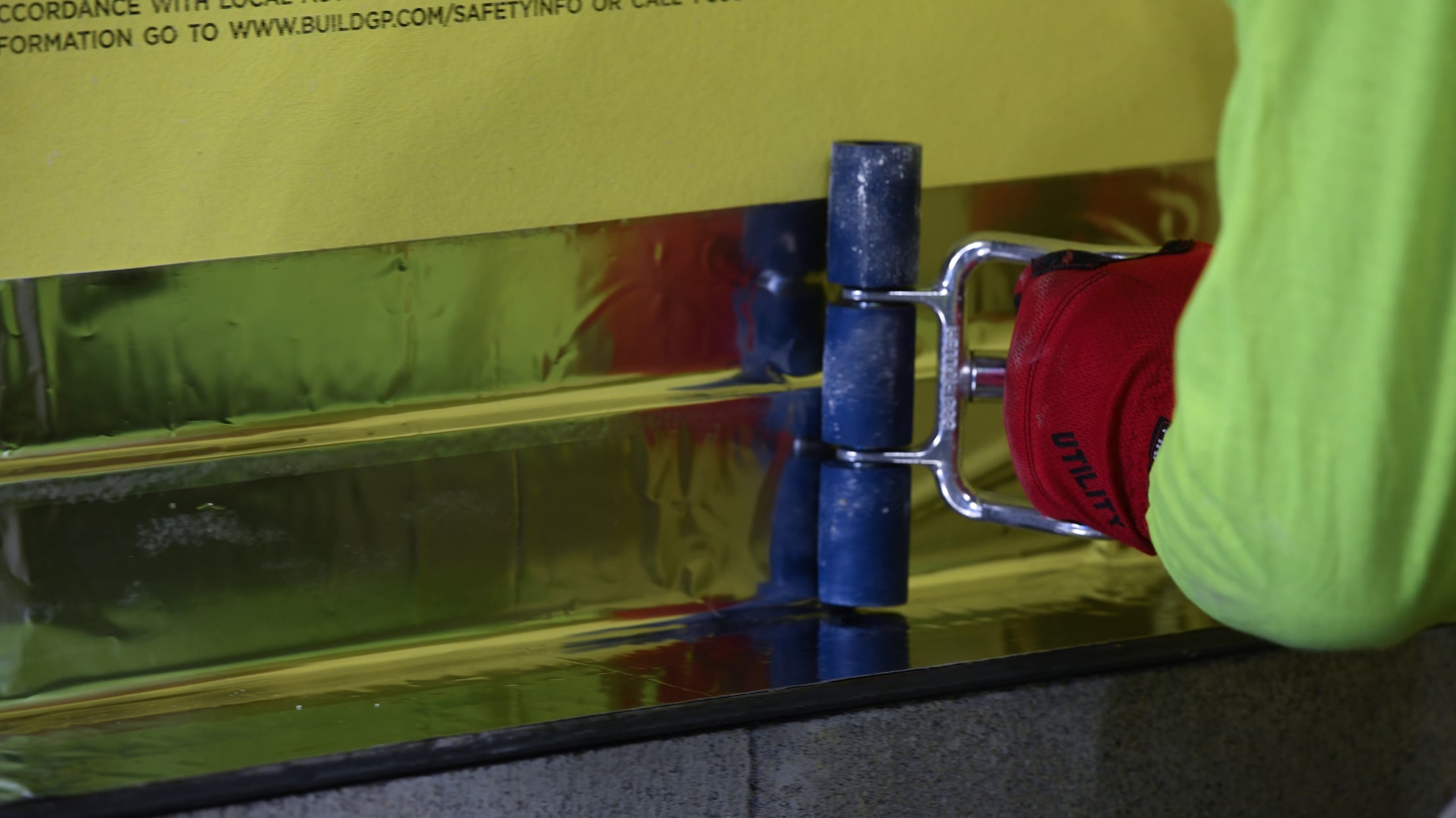
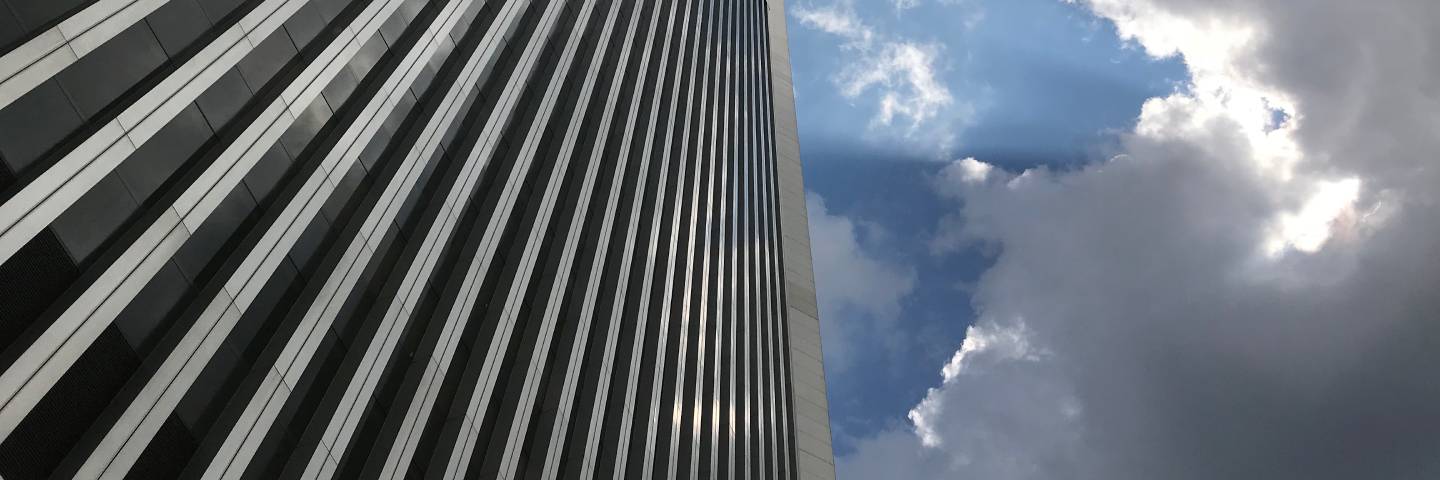
Commercial Wall Solutions
View the WALLcontrol™ brochureTake the next step in commercial wall protection
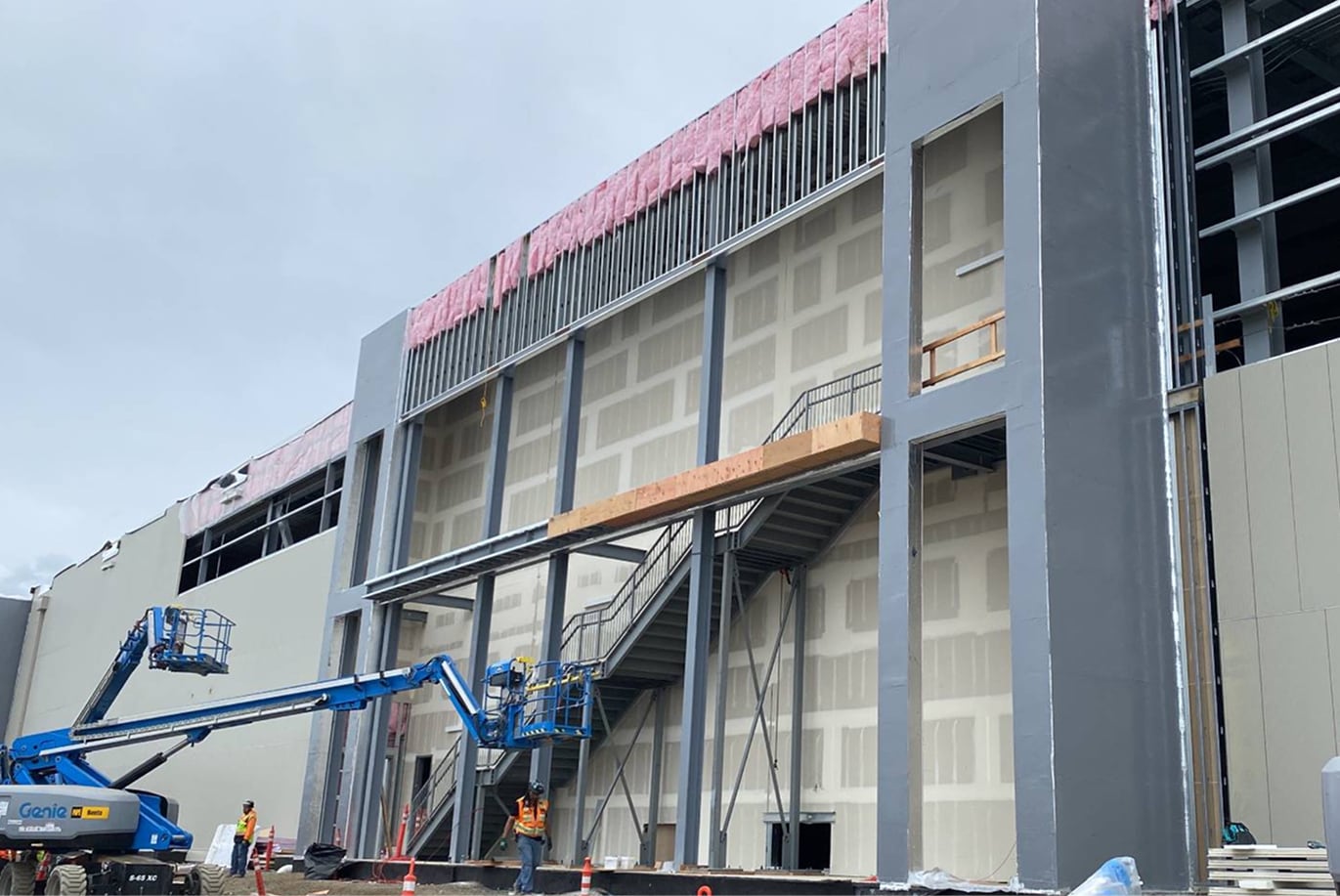
Air & Water-resistive Barrier (AWB) Systems
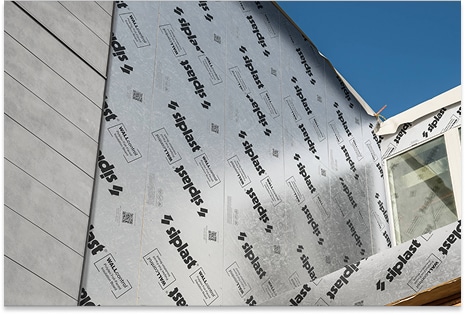
Exterior Polyiso Wall Insulation Systems
Surround yourself with quality, from the beginning. Find a Rep
WALLcontrol™ assembly system
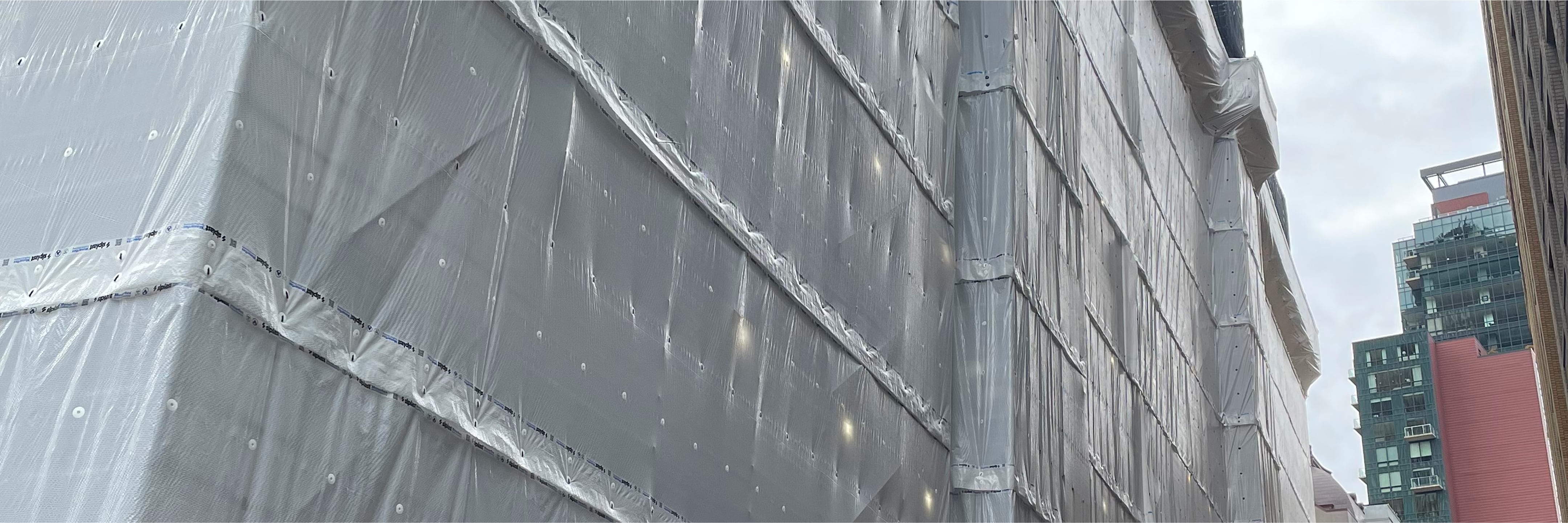
Siplast recommends
Tested to meet the standards of
Surround yourself with quality
2 Fire-resistance from ASTM E84 Class A materials that are part of a NFPA 285 compliant assembly.
3 Refer to applicable guarantees and warranties, available at siplast.com, for complete coverage and restrictions.
Siplast air & water-resistive barrier advantages
| PREMIUM | ||||
|
Minimum AWB requirements 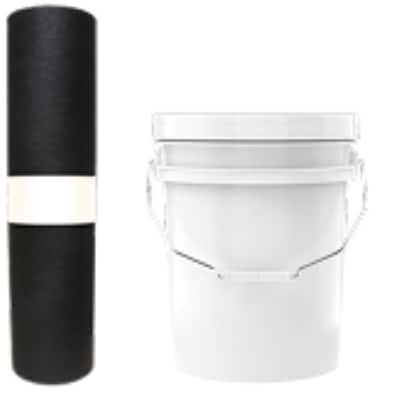
|
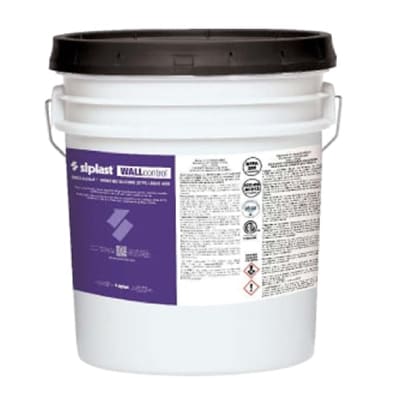
|
WALLcontrol Monolith VP Adhered AWB 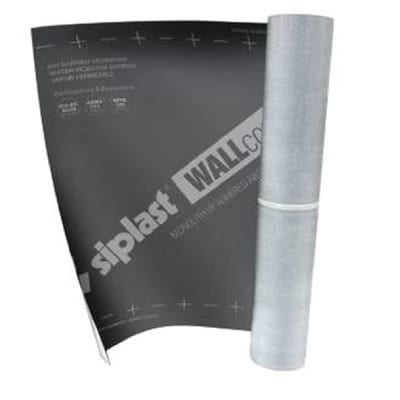
|
WALLcontrol Reinforced Alumninum AWB 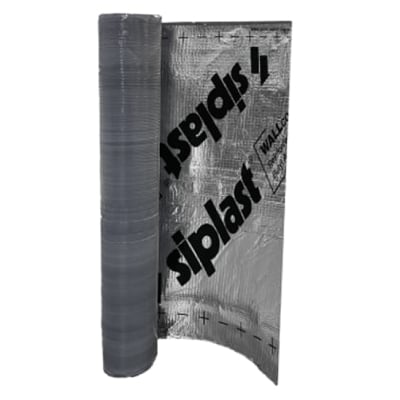
|
|
|
Product category |
Varies by assembly & climate | Permeable | Permeable | Impermeable |
|
Application type |
Mechanically attached sheets | Liquid applied | Adhered sheet | Adhered sheet |
|
Air control |
ASTM E1677 Materials or Assemblies for Low-Rise Framed Building Walls4 | CAN/ULC 741 & 742 ABAA evaluation ASTM E2357 tests air leakage up to 50mph and gusts up to 100mph equivalent windspeed |
||
|
Water control |
No. 15 felt complying with ASTM D226, Type 1 |
Water-resistive barrier ICC-ES Acceptance criteria AC212 | Water-resistive barrier ICC-ES Acceptance criteria AC38 | Water-resistive barrier ICC-ES Acceptance criteria AC38 |
|
Fire control |
No minimum with limited applications | NFPA 285 Compliant & ASTM E84 Class A | NFPA 285 Compliant & ASTM E84 Class A | Meets NFPA 285 exception criteria for WRB & ASTM E84 Class A |
|
Temperature stability |
Varies, application commonly above 32ºF & high-temp performance starting at 122ºF (50ºC) | Applicable at 20ºF (-7ºC) and rising. Stable topsheet and adhesion performance up to 240ºF (115ºC) |
||
|
UV resistance |
1-3 months | 12 months | 12 months | 12 months |
|
Primerless application |
Often requires primer for common substrates, application temperature ranges, and lap adhesion | 3rd Party testing and approvals passes without primer application on numerous substrates | ||
4 ASTM E1677 testing tests air leakage up to 25mph and gusts up to 65mph equivalent windspeed.
* Consult updated Commercial Product Data Sheets for more details and the most recent information.
Specifying WALLcontrol™

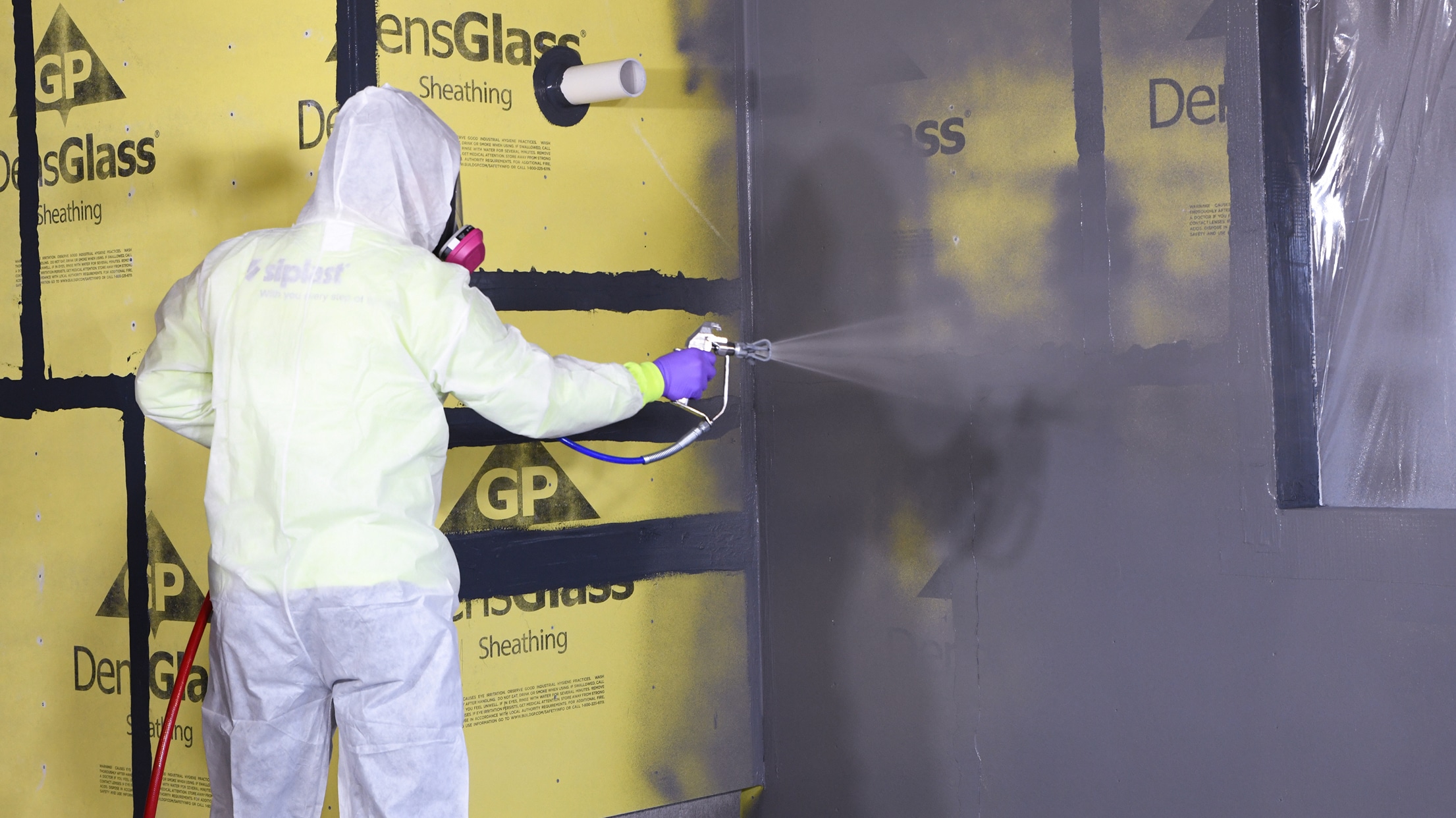
Air control
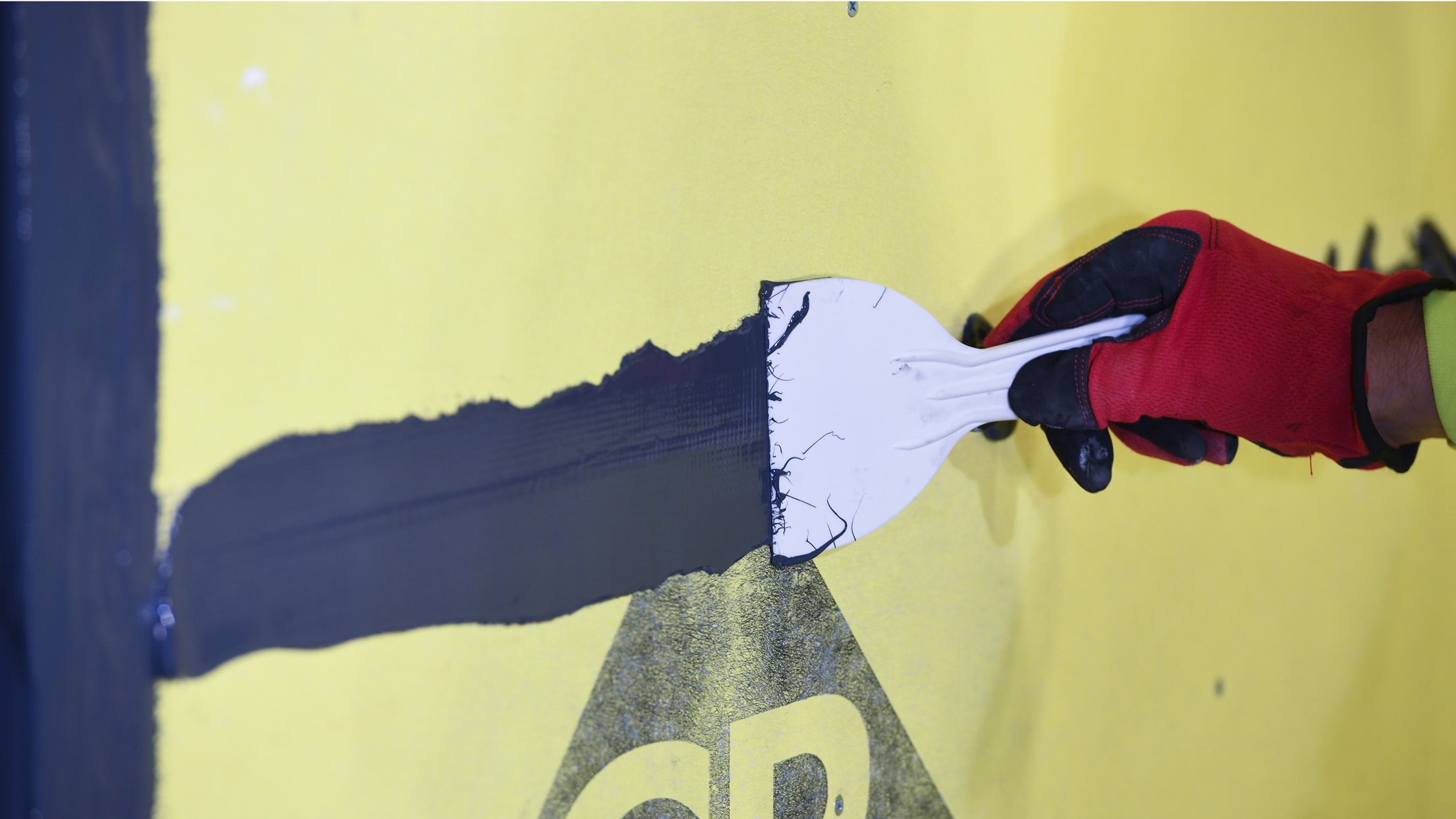
Moisture control

Vapor control

Guide specifications
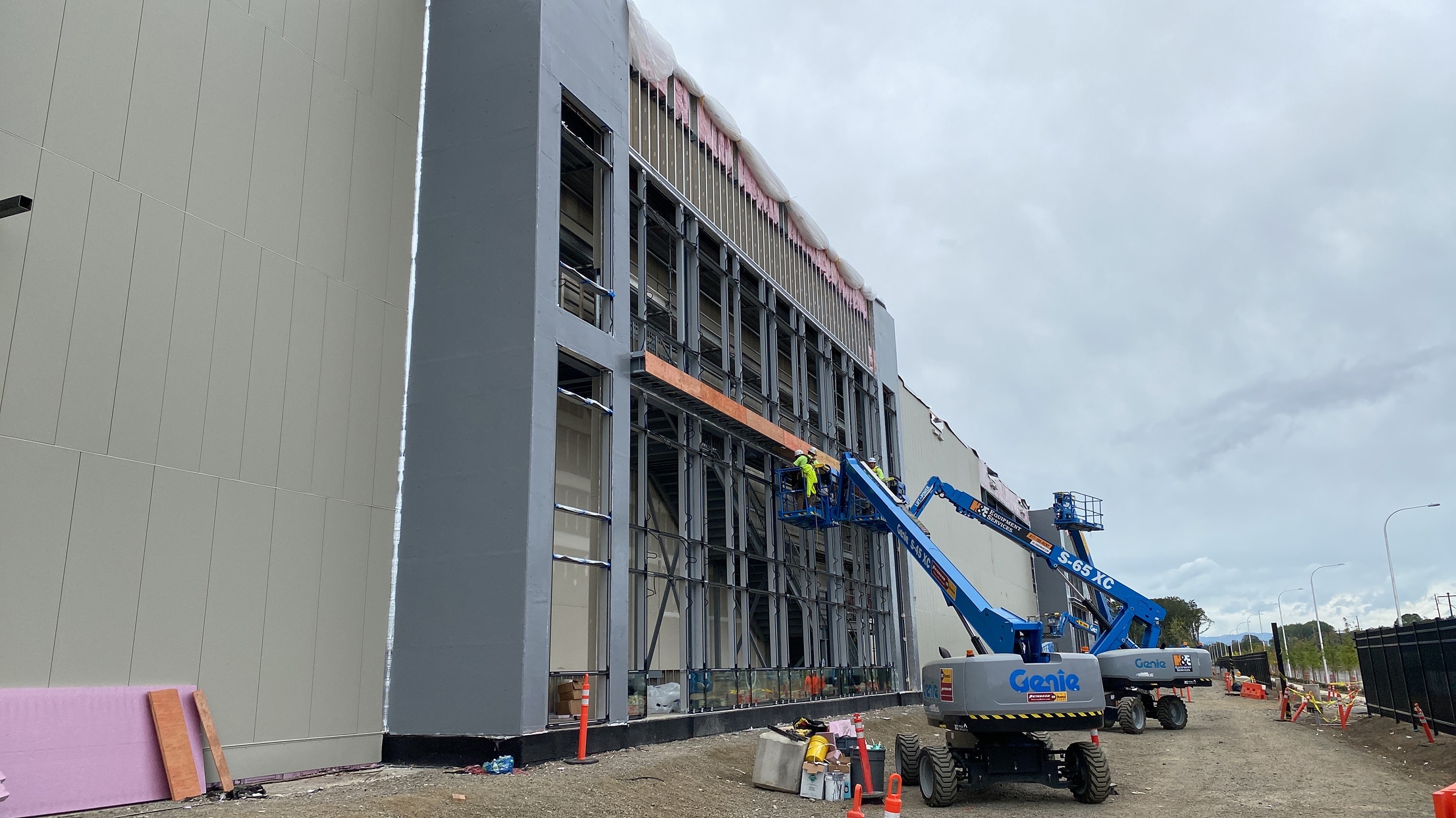
Compatibility

Single-source warranties and guarantees

Ensure Confidence in Every Detail
Compatible systems. Seamless installation.
Installation resources
Liquid applied AWB system submittal package
DOWNLOAD PACKETPermeable adhered AWB system submittal package
DOWNLOAD PACKETNon-permeable adhered AWB system submittal package
DOWNLOAD PACKETInstalling WALLcontrol™
INSTALLATION GUIDESDetailing WALLcontrol™
DETAIL DOCUMENTS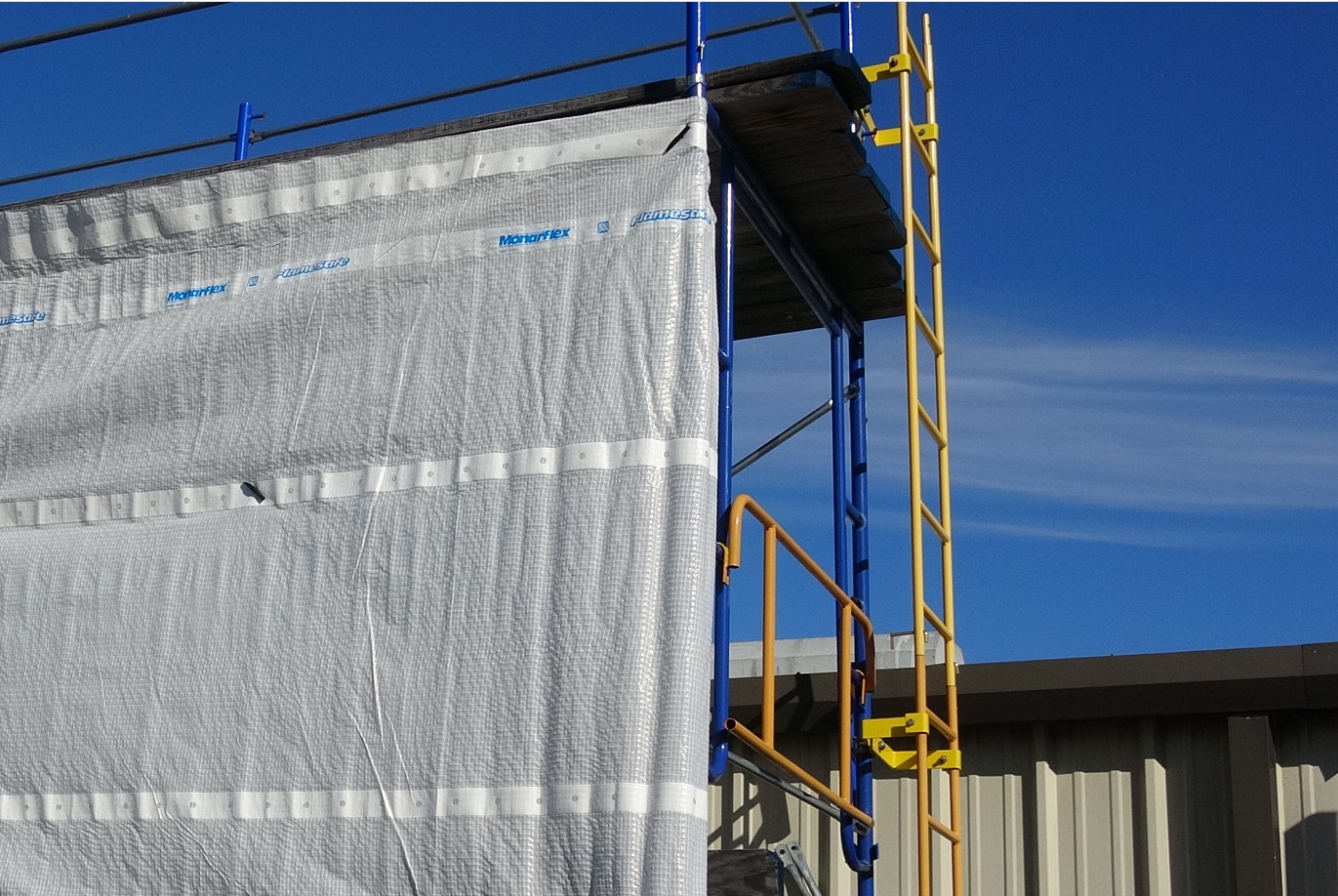
Temporary Enclosure Systems


Building owners
Connect for personalized support on your next project. Find a rep
Showcased by
Commercial wall FAQs
What is the primary function of an air and water-resistive barrier (AWB) in commercial wall assemblies?
An AWB minimizes unwanted air and water intrusion through the building enclosure, helping to protect the structure from environmental factors like rain, snow, and wind. It helps enhance durability and energy efficiency in building performance.
How does air leakage (infiltration, exfiltration, and intrusion) impact a building’s performance and durability?
Air leakage can introduce moisture into the building enclosure, potentially leading to condensation, mold growth, and structural degradation. Additionally, uncontrolled air movement compromises energy efficiency by increasing heating and cooling loads, and raising operational costs.
How do transition areas (roof-to-wall, wall-to-foundation, penetrations) impact the effectiveness of an air and water-resistive barrier?
Transition areas are critical points where air and water leakage can occur if not properly detailed, sealed, and integrated with other components. Effective AWB installation in these areas involves continuous, overlapping layers with properly designed flashing and sealants to maintain a fully enclosed barrier.
What’s the difference between self-adhered and liquid-applied barriers?
Siplast offers air and water-resistive barriers in two core material types: self-adhered sheets and fluid applied membranes. Both offer significant advantages over mechanically attached membranes and can be used on the same project to employ the unique advantages of each type. As an example, self-adhered sheet membranes are often applied to long, opaque sections of a wall assembly, while fluid-applied membranes are ideal for the more difficult-to-cover areas such as curved surfaces, openings or corners – including areas of the building with complex geometries.
What’s the difference between permeable and impermeable air barriers?
Choosing between permeable and impermeable air barriers requires a careful examination of a building’s location, its intended use, and the level of exposure to certain weather conditions. For example, a commercial building located in a humid climate may require a vapor-permeable air barrier to allow moisture trapped within the walls to escape in order to prevent damage. Conversely, a building wall design with primarily continuous exterior insulation may be better suited to an impermeable barrier behind the insulation.

